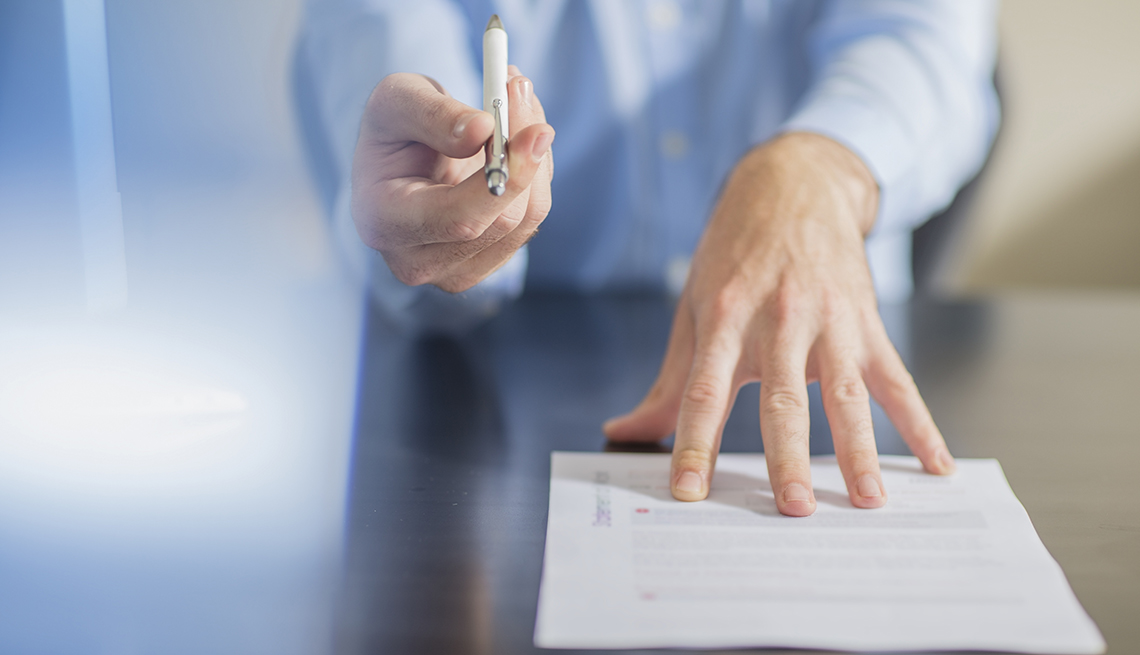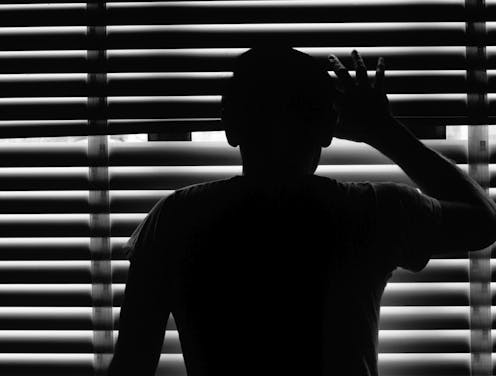
- Select a language for the TTS:
- UK English Female
- UK English Male
- US English Female
- US English Male
- Australian Female
- Australian Male
- Language selected: (auto detect) - EN
Play all audios:
I was recently interviewed on BBC4 about the famous BBC interview series, _Face to Face_, originally shown between 1959-62, and then reborn as part of BBC 2’s _The Late Show, _between
1989-98. My interview is now available here on BBC iPlayer. The original series of _Face to Face _was a series of interviews, conducted by John Freeman. It became well known for a number of
reasons. Freeman was an accomplished interviewer and a well-known figure in post-war British culture. He was a British politician, diplomat, broadcaster and British Army officer. Educated at
Westminster and Oxford, he had a classic posh BBC voice. He was a Labour MP from 1945-55, presented _Panorama _and _Face to Face _and went on to edit _The New Statesman_. There followed a
distinguished career as the High Commissioner to India (1965–1968), a member of the Privy Council of the United Kingdom from 1966, and then Ambassador to the United States (1969–1971), going
on to become Chairman of LWT from 1971-84. The series presented by John Freeman featured some major figures, including Evelyn Waugh, Edith Sitwell, Bertrand Russell, Martin Luther King,
Carl Gustav Jung, the comedian Tony Hancock and the pop singer Adam Faith. It perhaps became best known for the moment when Gilbert Harding, then a well-known TV personality, broke into
tears when asked about the death of his mother, and the sight of Evelyn Waugh, puffing away at an enormous cigar. Some of the interviewees were less well known and at times the programme
looked like Freeman having lunch with some grand old men he had just met at his club: people like Lord Boothby, Lord Shawcross and Lord Hailsham. In 1989 Alan Yentob commissioned _The Late
Show_ for BBC2. It ran for four nights a week and was originally accompanied on Friday nights by _The Late Show with Clive James_. The founding editor was Michael Jackson, who went on to
have an extraordinary career on British and America television. Jackson was passionate about television history and revived _Face to Face_, this time with Jeremy Isaacs, the founding Chief
Executive of Channel 4 and by then General Director of the Royal Opera House. Like Freeman he had a robust, no-nonsense interviewing style. Isaacs was hugely cultured and wide-ranging in his
interests. My years working with him on the programme were among the happiest in my life. During the nine years he presented _Face to Face _there was a shift to more cultural interviewees,
playwrights such as Harold Pinter and Arthur Miller, film directors like Bertolucci, Oliver Stone and Steven Spielberg, writers (including JG Ballard and Martin Amis) and actors from the
golden age of Hollywood, such as Kirk Douglas, Rod Steiger and Lauren Bacall. There were also comedians: Billy Connolly, Bob Monkhouse and Ken Dodd. There were fewer grand old men, and more
people of colour, such as Jessye Norman, Maya Angelou and Salman Rushdie; more women, such as Susan Sontag, Vanessa Redgrave, Joan Baez, Martha Gellhorn, Diana Rigg and Germaine Greer (in
the original series there were two women and 33 men) and more Jewish cultural figures like Norman Mailer, Joseph Heller, Ben Elton, David Mamet, Stephen Sondheim and Antony Sher. There were
also more gay men: Derek Jarman, Ian McKellen and Antony Sher, Merce Cunningham, Allen Ginsberg and David Hockney. The format was similar to the original series. You couldn’t see the
interviewer, the guest was filmed close up against a black background and it had the same theme music. It was definitely not a chat show, nothing like _Wogan _or _Graham Norton_. The feel
was more austere. Guests were not encouraged to promote their latest film or novel, but to talk about their lives and work. This could prove complicated. Joan Baez was keen to talk about her
latest CD and was reluctant to talk about her relationship with Bob Dylan, just as Yoko Ono didn’t want to talk too much about John Lennon and Lauren Bacall was hard to draw out about her
marriage to Bogart. With one or two exceptions, the programme was unedited and went out as live. People often said that the original series with John Freeman was better because of the
emotional impact of the interviews. What they forget, because so many who talk about TV don’t understand its history, is that in the late 1950s and early 1960s people weren’t used to being
interviewed on TV and were more likely to become emotional. By the 1990s the kinds of people we were interviewing had been on TV frequently and were very unlikely to burst into tears. Even
when Paul Eddington was asked about the cancer that would soon kill him, he remained calm and dignified. The revived series ran for nine years, from 1989-98, finishing with Jim Naughtie’s
interview with Jeremy Isaacs himself. I produced almost forty of the sixty programmes. Other producers included Julian Birkett and Mary Sackville-West. A MESSAGE FROM THEARTICLE _We are the
only publication that’s committed to covering every angle. We have an important contribution to make, one that’s needed now more than ever, and we need your help to continue publishing
throughout these hard economic times. So please, make a donation._






